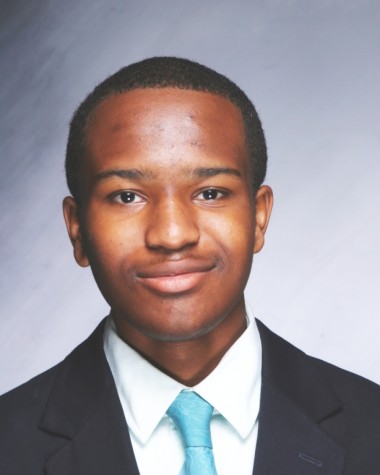Student Awareness a Must to Ensure Safety
November 20, 2015
Scotty walked down an alley of Sunset Avenue in the West End with two girls he had just met. They were friends of a third girl he met a week earlier, and they promised Scotty gas money for all the time he had spent driving them around.
As Scotty followed the girls down the alley, he noticed something. He was being followed. On his left side, he noticed a male getting closer and closer. Scotty looked forward to find the girls gone.
Once the stranger drew near, he attacked. He threw Scotty to the ground. With a burst of energy, Scotty sprinted back to his car. The stranger pursued.

Scotty was now at the back left of his car. Within seconds, he found himself on the ground again, the stranger standing over him. Scotty got back up and moved to the right side of his car.
Two other males approached from the left. Scotty was now cornered with a fence to his back. It was at this point Scotty realized his attackers were teenagers. Scotty then received what he refers to as a “40-to-50-second beatdown.”
It was at this point the three teens started kicking Scotty repeatedly. Scotty was stomped on so many times he had bits of shoe on his face. He could feel his head swelling, and the welps already beginning to form. But it wasn’t over.
After all this, Scotty still had his car keys in his hand. That was when the three attackers focused on his arm. The three assailants kicked and punched Scotty’s arm to the point they broke his collar bone into what Scotty described as a V shape.
The muggers also shattered the part of Scotty’s hand where the pinkie meets the knuckle. That was where Scotty was holding onto his keys. As soon as the three got hold of Scotty’s car keys, the mugging stopped.
The assailants took the car and left Scotty on the ground. Scotty realized he had been set up by the girls. The three teenagers assaulted Scotty to the brink of unconsciousness just for his car keys.
Another disturbing part about Scotty’s story was the fact that the sun was still out when all of this went down.
Scotty is Scott Gauld, a senior at Trinity High School. The events described happened a few weeks ago. He is healing now but won’t ever forget what happened.
Teen violence can be much more than an altercation in the halls or a small fight at a social event. Teen violence is happening more often and is a problem nationwide.
According to statistics compiled by the Middle Earth organization, “in 2009, a total of 650,843 young people aged 10–24 years were treated in emergency departments for nonfatal injuries sustained from assaults, such as cuts, bruises, broken bones, and gunshot wounds.”
The worst things can happen to young people with the best intentions. Scotty was deceived by teens he was trying to help. Thirty years ago, two Trinity students simply looking for directions to a football game were abducted and murdered.
Teen violence is not limited to muggings and murder. Teen violence also includes suicide and bullying.

Trinity senior David-Anthony Weathers was bullied in grade school to the point he was afraid to leave his house. David would spend several days of the school week at home away from those at school who tormented him. One of the days David stayed home, a bully came to his house and attacked him in his own driveway. This altercation left David forever aware and cautious of his surroundings. David now feels he has a better sense of judgment about his environment and those in it.
Trinity co-Student Affairs Director Joe Henning had some words about avoiding dangerous situations: “Teen violence is a trend that I don’t want to see continue; I want to reverse it. I want to figure out better ways to understand it and prevent it so teens don’t have to go through that. Students need to be more aware of where they go and who they go with.”
When asked whether being cautious about people’s motives conflicts with becoming “a man of faith and a man of character,” Trinity’s mission for its students, Henning said, “I don’t think it conflicts with being a man of faith or being a man of character. We have to have faith; we should have character. That doesn’t mean you don’t be smart. Students need to understand that others (may not) have that faith or character. It’s unfortunate we have to make those decisions about people, and it’s tough to make those decisions about people particularly at a young age.
“Part of it comes from life experience. It’s the reality of life we have to make judgments about people. A man of faith and character always asks for help. It is better to ask for help so you don’t end up in a bad place or situation that you don’t want to be in.”
When asked about ways students can promote safety, Henning said, “We need to have an awareness and talk to people that we trust — and realize that no one is invulnerable, and that everyone could end up in a bad situation.”

